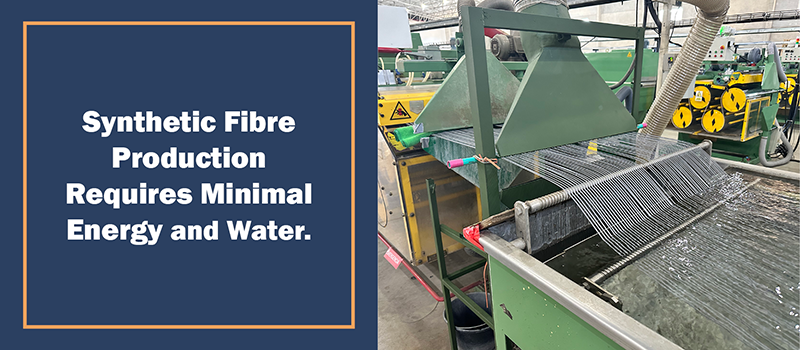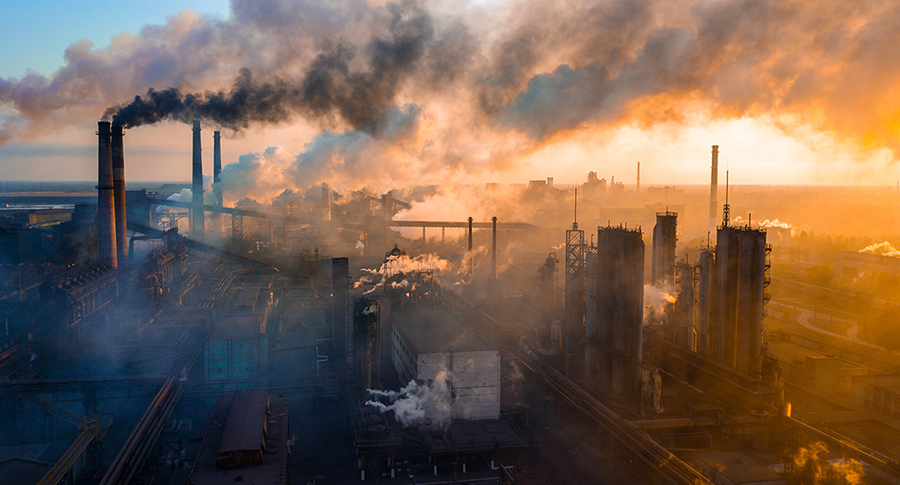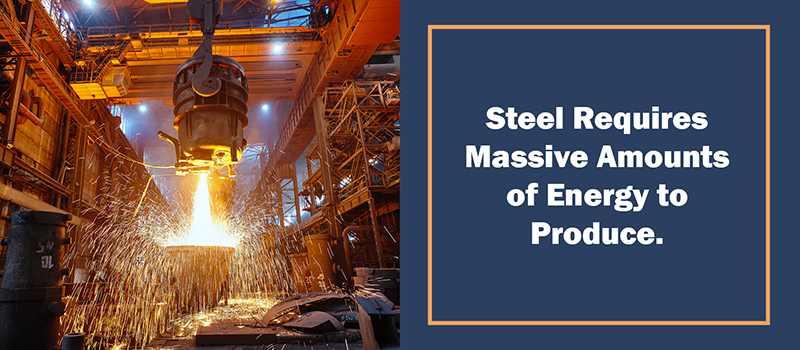Decarbonising Concrete Reinforcement
Where Steel Struggles, Macro Synthetic Fibres Provide a Viable Alternative
The steel industry’s journey toward decarbonisation is fraught with challenges, as highlighted by recent setbacks in Europe. High energy costs and infrastructure limitations have led companies like ArcelorMittal and SSAB to reconsider or delay their green steel initiatives. Despite substantial subsidies, the economic and logistical hurdles remain significant, underscoring the complexity of transitioning to low carbon steel production. The recent Financial Times article, “ArcelorMittal ditches plan to convert German factories to green production,” highlights the steep challenges facing low-carbon steel making. ArcelorMittal has shelved its €2.2 billion green steel project in Germany, citing high energy prices and inadequate hydrogen infrastructure, even after receiving substantial government subsidies.
The Challenges of Decarbonising Steel Reinforcement
High Costs: Implementing green technologies, such as hydrogen based steelmaking, requires substantial investment. For instance, Thyssenkrupp’s plan to transition away from fossil fuels is projected to cost around €3 billion, even with government subsidies.
Infrastructure Limitations: The lack of reliable power supply and hydrogen infrastructure hampers the scalability of green steel projects. SSAB, for example, has reported delays in its low emission mill due to these issues.
Market Dynamics: The higher cost of low-carbon steel often leads to weak demand, as consumers are reluctant to pay a premium. This economic reality makes it challenging for producers to justify the transition without stronger policy support or market incentives.
Macro Synthetic Fibres: Proven Low-Carbon Reinforcement
While the steel industry continues to navigate the complex path to decarbonisation, the construction sector has access to immediate and proven low carbon alternatives, especially in reinforced concrete. One such alternative is macro synthetic fibre (MSF) reinforcement. MSF has been used for 3 decades in applications including tunnel linings, precast elements, industrial floors, pavements and mining infrastructure. It replaces traditional steel mesh or steel fibres in concrete, delivering performance and cost benefits while substantially reducing carbon footprint.
Lower Embodied Carbon: Environmental Product Declarations (EPDs) together with project outcomes show that macro synthetic fibres have a fraction of the embodied carbon of steel reinforcement. Switching from ~100kg of steel bar or 30–40 kg/m³ of steel fibre to 4–8 kg/m³ of MSF can reduce reinforcement related emissions by 80% or more.
Reduced Material Consumption: In many scenarios, MSF allows for a reduction in the amount of concrete used on a project. This could be through thinner sections, reduced overspray or load sharing capability.
Operational Advantages: MSF is delivered in palletised, lightweight packaging and added directly into the concrete mix, eliminating the need for transporting, handling and placing steel reinforcement. This simplifies construction and improves safety on site.
Proven and Available: Unlike emerging green steel initiatives, such as hydrogen based manufacturing that requires significant technological and economic development, macro synthetic fibre is already a proven solution. It is widely adopted across global markets and backed by established design guidelines including ACI 544 and TR34.

Conclusion: Building Sustainable Construction Today
While decarbonising steel remains a long term challenge, the construction industry has the opportunity to act now. Macro Synthetic Fibres (MSF) offer a practical, proven alternative to traditional steel reinforcement in many concrete applications. By adopting MSF, designers and contractors can achieve immediate reductions in embodied carbon, supporting the wider transition to low carbon materials across the entire industry.
Download Market Insight: Decarbonising Steel Reinforcement


